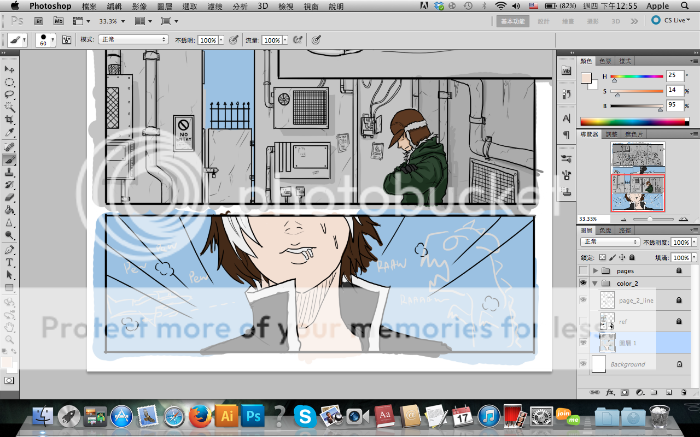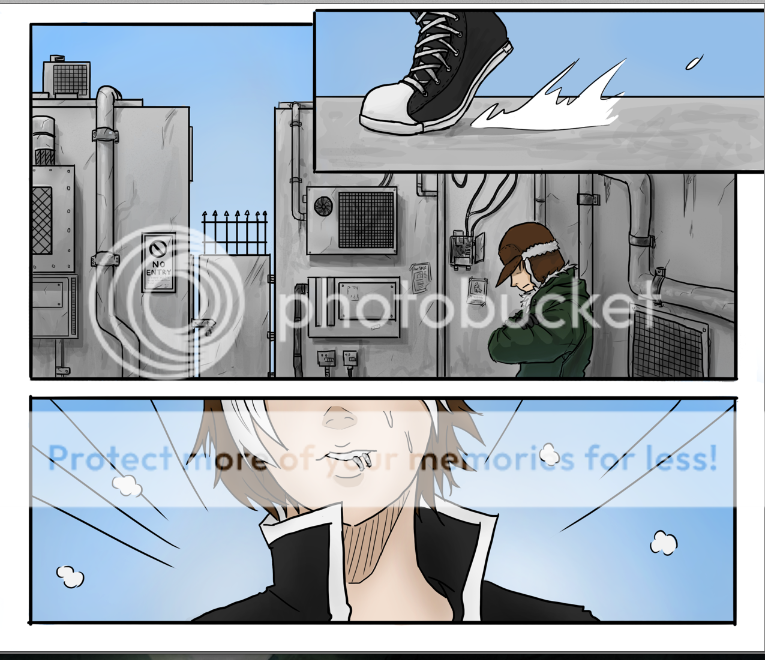LeV Oblivion
Static Sludge
Feral Phantom
8,200 Points
-
 100
100
-
 150
150
-
 200
200
Static Sludge
Feral Phantom
8,200 Points
-
 100
100
-
 150
150
-
 200
200
Static Sludge
Feral Phantom
8,200 Points
-
 100
100
-
 150
150
-
 200
200
Static Sludge
Feral Phantom
8,200 Points
-
 100
100
-
 150
150
-
 200
200
EternalFlame
Dangerous Member
9,400 Points
-
 200
200
-
 200
200
-
 200
200
KaneCares
Hilarious Gaian
5,575 Points
-
 50
50
-
 200
200
-
 200
200



